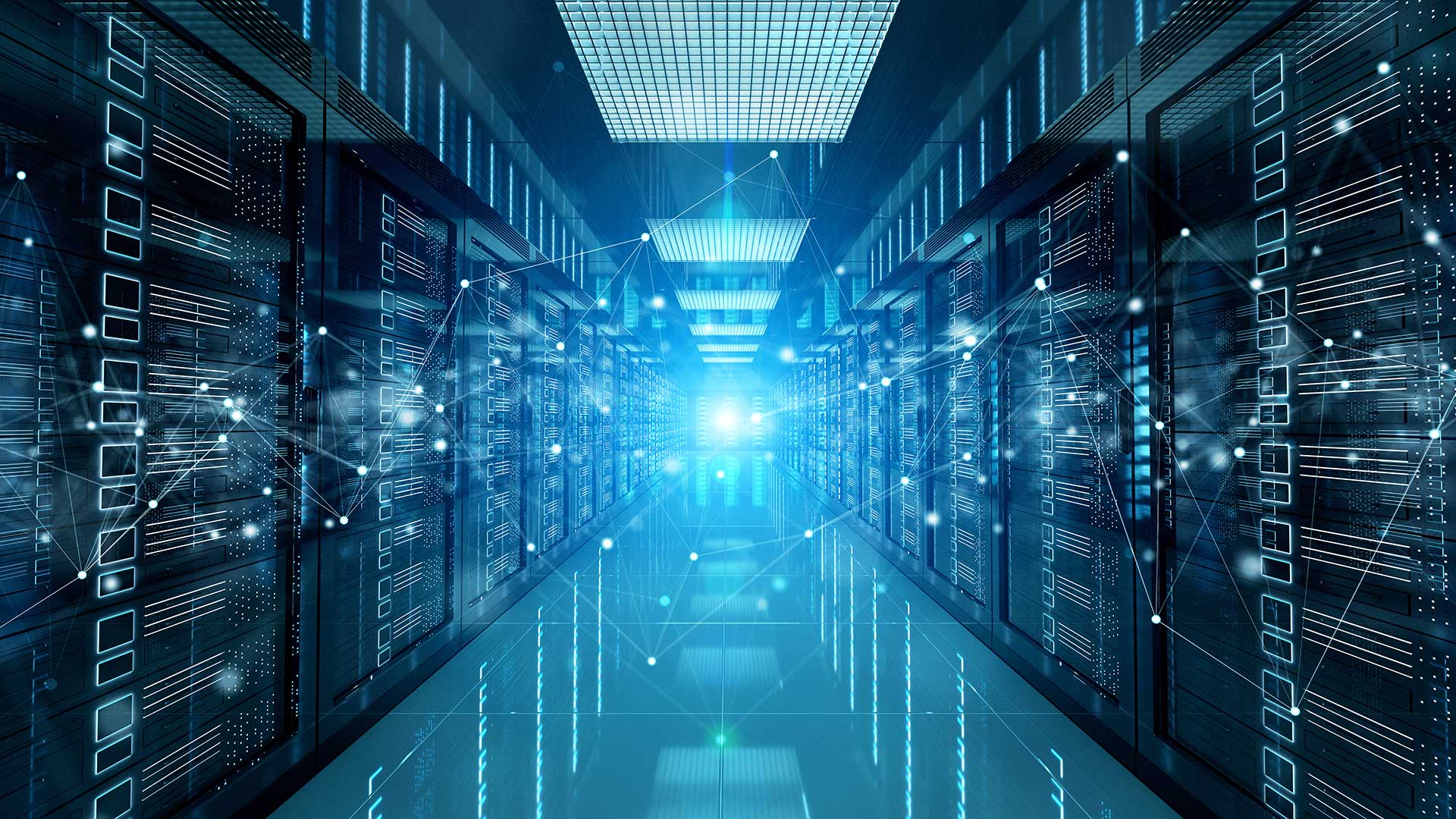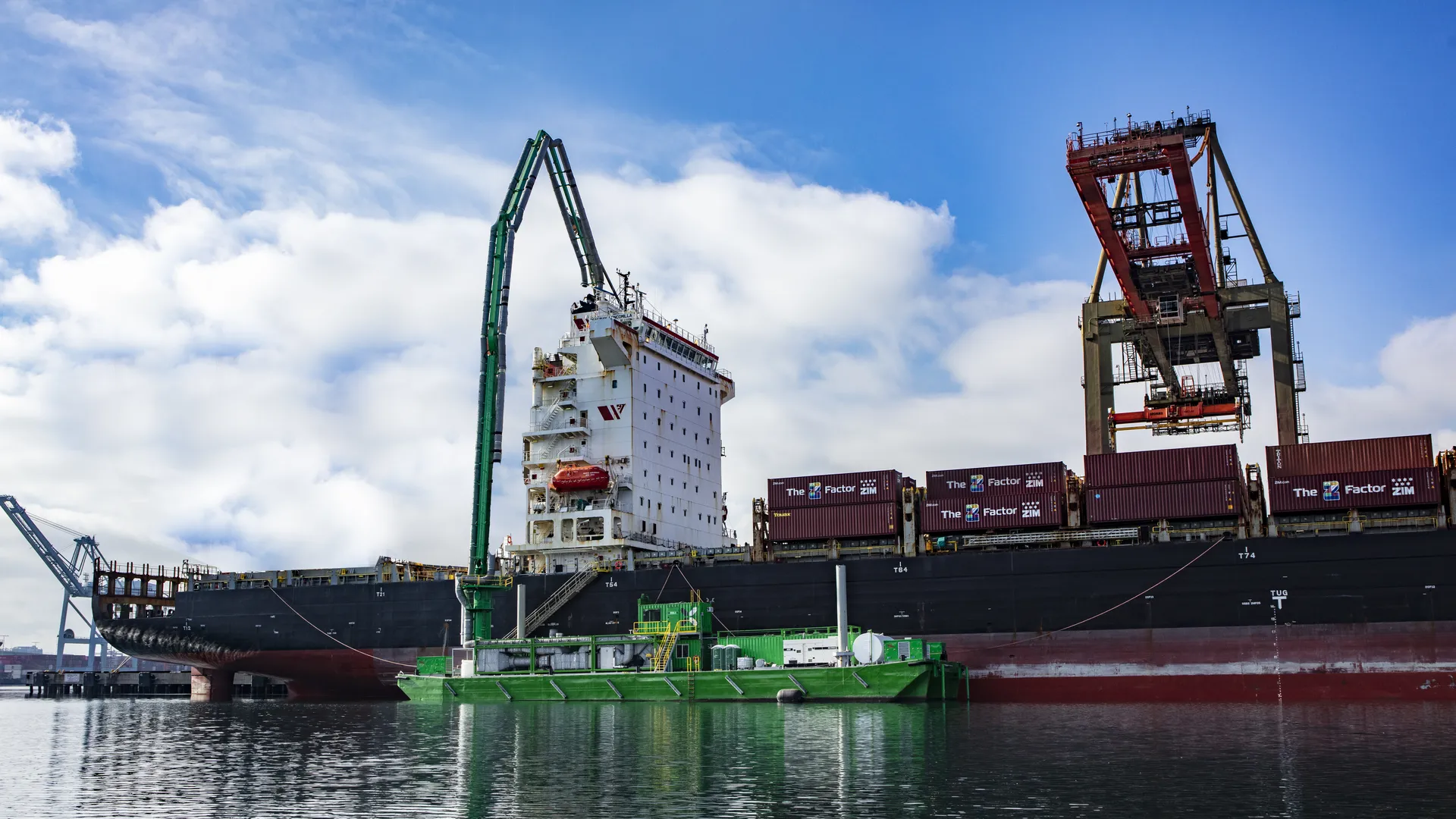Data centers have become the backbone of our global economy, but their rapid proliferation comes at a significant environmental cost. All data centers worldwide combined consume 32% more electricity than all of Britain. Power generation is already the largest source of carbon dioxide (CO2) emissions in the world, and the energy required to keep these essential data centers operational, while staggering, is only poised to increase dramatically.
The advancement of artificial intelligence (AI) requires energy-intensive data processing, compounding an already alarming pollution problem. In a few short years, data centers—which run thousands of servers nonstop—have doubled the amount of energy they use. Harm is already being done, with communities near large data centers regularly exposed to dirty air and water that cause respiratory issues and other health problems.
Long-term solutions, such as transitioning to renewable energy sources, are critical, but immediate action must be taken to mitigate the impact of data center pollution. Emissions capture and control technology presents a viable solution that can be implemented now to minimize the harmful effects of data center emissions.
In this article, we will explore the environmental impact of data centers and the role AI plays in driving further emissions. We will also examine innovative solutions that can reduce this environmental footprint so we can work towards a more sustainable future.
What is the environmental impact of data centers?
What is a data center?
Data centers are facilities housing computer systems that process and store the vast amounts of data generated daily. A typical data center consists of servers, storage systems, networking equipment, cooling systems, and security systems. The 7.2 million data centers worldwide ensure all of the information that flows through every internet-connected device, such as laptops, tablets, and smartphones, is accessible and secure.
How do data centers create pollution?
Data center emissions are caused by the thousands of servers and IT devices that run on electricity generated primarily from fossil fuels, such as coal, natural gas, and oil. These all release significant amounts of carbon dioxide (CO2) and other greenhouse gases into the atmosphere, contributing to global warming and climate change.
Data centers’ continuous operation generates significant heat, necessitating energy-intensive cooling systems to maintain optimal temperatures. Some data centers use water-based cooling systems, which can lead to substantial water consumption. An average Google data center consumes approximately 450,000 gallons of water per day. This can strain local water resources, especially in areas prone to drought or with limited water supply. Overall, data center cooling systems are responsible for over 40% of their electricity usage.
Additionally, many people don’t realize the sheer scale of backup power required for data centers. Because these facilities must operate 24/7 to prevent downtime, they rely on a large number of diesel generators as a failsafe during power disruptions. While a smaller data center may only house a handful of backup generators, larger projects—including those being built to power AI—can have dozens. For instance, Quantum Loophole’s Aligned Data Centers proposed installing 168 diesel generators capable of delivering 504 MW of power.
These diesel generators can be massive, ranging in size from 1.5 MW to over 3 MW each. Most generators are designed to provide 1.5-2 times the total connected load. These generators emit significant amounts of particulate matter (PM), nitrogen oxides (NOx), sulfur dioxide (SO₂), and carbon dioxide (CO₂)—pollutants that degrade air quality, contribute to climate change, and pose serious health risks to nearby communities.
Are data centers safe to live by?
Diesel exhaust from the backup generators contains fine particles that can cause health problems for people who are exposed frequently and at high enough levels. When people inhale polluted air, particulates embed in their lungs and bloodstreams, causing heart and lung disease. After just a short period of exposure, these toxic air pollutants can cause breathing and other health issues, especially if you already have lung problems, such as asthma.
How the AI revolution will result in more emissions
Artificial intelligence is making rapid inroads in just about every industry, but it comes with a significant environmental cost. AI models, especially those based on deep learning, require vast amounts of computational power to process and analyze data.
Training a single AI model can emit as much carbon as five cars over their entire lifetimes. According to the International Energy Agency (IEA), approximately 2,700 data centers in the United States accounted for over 4% of the nation’s electricity use, a figure projected to rise to 6% by 2026, primarily due to the growing adoption of AI.
This surge in computational demand is driving a dramatic increase in data center emissions because of the required energy consumption. Goldman Sachs has forecasted that data centers will account for 8% of U.S. energy usage in 2030—more than double what it is today. Since we know most of this energy comes from fossil fuels, which release carbon dioxide and other greenhouse gases into the atmosphere, AI is quickly becoming a major contributor to climate change.
Solutions for reducing the environmental impact of data centers
Data centers are essential infrastructure in the digital age, but the way they are currently designed makes them significant contributors to carbon emissions. The good news is that there are options for helping data centers mitigate their impact on the climate immediately and in the long term.
Alternative energies
In an effort to reduce emissions, many data centers are looking into alternative energy sources such as solar, wind, hydropower, compressed air energy storage, biofuels, and microgrids. The companies that own data centers are also reportedly investigating the use of solar panels, wind turbines, or hydro generators to reduce their reliance on fossil fuels.
Advanced Cooling Techniques
Today’s cooling methods are inefficient, which is why The US Department of Energy (DOE) has invested $40 million in the research and development of liquid cooling technologies. These ultra-efficient cooling solutions target just the data center components that generate most of the heat, eliminating the need for wasteful practices like evaporative cooling and saving up to 90% of annual water usage.
Emissions Capture
Data centers use a lot of diesel generators to keep systems online 24/7. Not only are these generators used when data centers need a backup power source, they are turned on and tested monthly. Every time they are started, a great deal of emissions is sent into the air, impacting nearby communities. Emission capture and control systems retain and filter the exhaust from diesel generators.
How STAX services data centers
STAX technology currently captures 99% PM and 95% NOx, with plans to integrate best-in-class CO2 capture technology into the system to create what will be the most complete emissions capture and control process available to the market. Our STAXbox technology can be portable, stationary, or hybrid—connecting directly to diesel generators to capture and filter exhaust. It allows data centers to operate generators as much as they need with reduced emissions during the transition to renewable energy sources.
Learn more about how STAX reduces emissions at data centers.



